Moth Bird Watch 7 – The anything-but beige brigade
Ask most people to describe a moth and usually terms such as dull, grey, brown, night-flying, drab, dingy, useless, clothes eater, are the terms they will use. Some might go so far as to describe them as the boring relatives of butterflies. Well, nothing could be further from the truth the Lepidoptera (meaning scaly winged) are a vast group of insects fare more diverse than just the butterfly sub-group. Many of the 2500 recorded different species in the British Isles are anything but dull and grey, many of them fly during the day and most of them have quite exotic names.
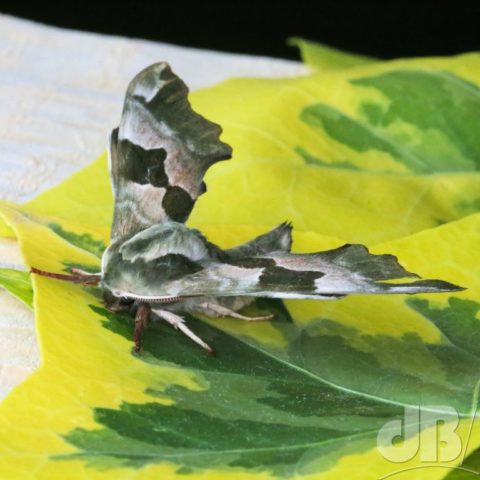
Perhaps the most vivid and bright of the British species is the (Small) Emperor Moth. This is the only member of the Saturniidae family, the silk moths, found in the British Isles. The males are very brightly coloured. You could easily mistake him for a butterfly. The females have a similar patterning with four “eyes” one on each wing. The male flies during the day, sniffing out the sex pheromone of the female, which will be passively reclining in heath or fenland undergrowth (she only flies at night).
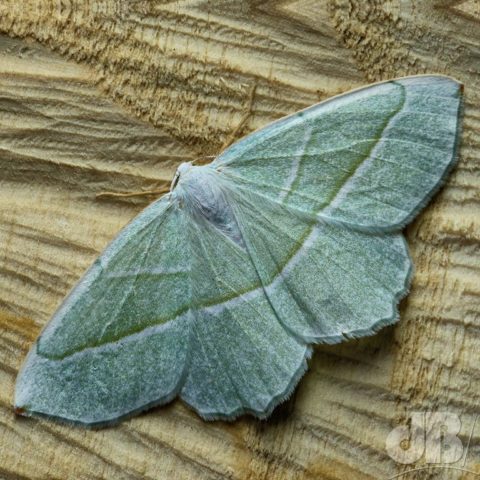
Another local moth that exploits pareidolia to fool predators into seeing a bigger face staring back is the aptly named Eyed Hawk-moth. With its wings folded it looks like a well-camouflaged moth that might be mistaken for a leaf among the leaf litter. Startled, however, it moves its forewings forward revealing the bright “eyes” on its hind wings.
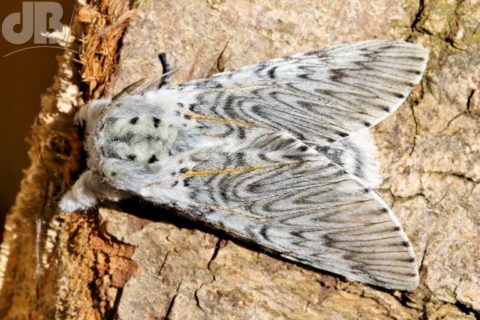
As, we moved on to the hawk-moths, a quick shout out for this small, but perfectly formed, group of large moths. Among their number, we have the lime hawk-moth, the privet hawk-moth, and the poplar hawk-moth, the larvae (caterpillars) of which feed on those respective trees and shrubs. The adults are all quite well-patterned, but their larvae can be even more so.
Also among their number is the hummingbird hawk-moth, which we occasionally see in this country when Southerlies blow them in from warmer climes. There is also the death’s head hawk-moth, which to our eyes takes pareidolia to another level, this enormous dark moth appearing to have the blank, staring face of a skull on its back.
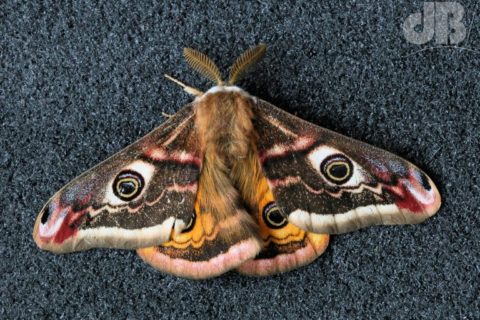
Then, there is the stripy olive-green and cerise elephant hawk-moth, which resembles a dangling fuchsia flower when hanging from a twig on its favoured species for laying its eggs…the fuchsia. Incidentally, its name has no relation to its large forewings looking like elephant’s ears, nor any allusion to pink elephants. The caterpillar is long, thick, wrinkled looking and grey-brown…and simply looks like an elephant’s trunk (but with a couple of pairs of eyes at one end!).
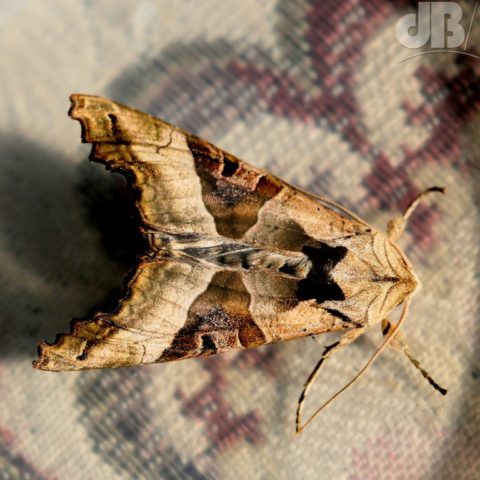
We do have an odd relationship with moths; there is lots of folklore and symbolism, especially around the likes of the death’s head hawk-moth. Some people may well have mottephobia, a fear or loathing, of moths, but, they do have their place in the natural world.
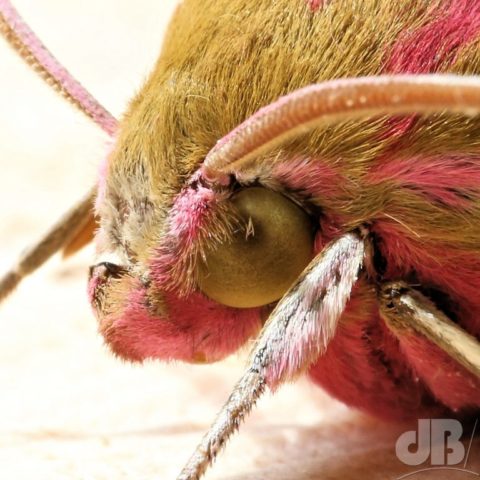
Despite their larvae often being plant pests, often the nectar-loving adults are important pollinators on a par with bees and flies. The aforementioned larvae are a great source of protein for a wide variety of birds, such as our garden favourite, the robin, as well as a lot of carnivorous mammals. The flying adults represent the staple diet of bats. A single pipistrelle bat might use its sonar to hunt and eat several hundred moths every night. Of course, people eat moths and their larvae too. The famous Witchetty grub will be familiar to anyone who has visited Australia or watched “that” challenging reality TV show with the so-called celebrities.
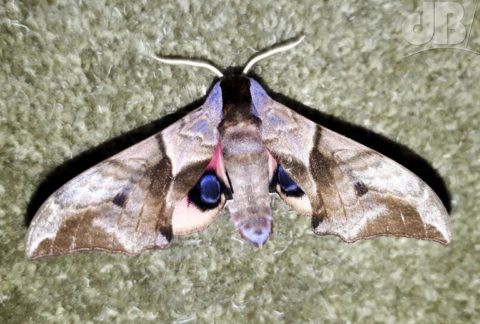
Admittedly, there are many, many species that are variations on the theme of basically beige, but with different patterns of speckle. However, there are so many more that are far more fascinating with their hearts and darts, their chocolate tips, their Silver Y and Satellites, their punctuation marks and Hebrew writing, their resemblance to twigs, their disguise as a bee or a wasp, and yes in the case of the Lime-speck Pug and the Chinese Character their resemblance to a bird dropping.
Incidentally, of all the 2500 or so species of moth we find in the British Isles, the larvae of just one a few eat natural fibres such as wool and cotton. So, feel free to dangle some stinky mothballs in your wardrobe to protect your D&G and your Calvin Kleins, but don’t attempt to swat that big “logger” flying around your bedroom light, it could well be as beautiful as a butterfly and it might give you a start if it stares back at you when it flies off.
Spottin’em in Cottenham: Recent sightings, of moths
In a departure from our normal programming, here is a short list of some of the moth species seen in Cottenham at the time of writing: Willow Beauty, Small Magpie, Mottled Rustic, Common Pug, Garden Carpet Heart & Dart, Heart and Club, Treble Lines, White Point, Dark Arches, Shuttle-shaped Dart, White Ermine, Angle Shades, Vine’s Rustic, Rustic Shoulder Knot, Large Nutmeg, Peppered Moth, Lime Hawk-moth, Eyed Hawk-moth, Privet Hawk-moth, Elephant Hawk-moth, Poplar Hawk-moth, Common Swift, Common Wainscot, Gold Triangle, Burnished Brass, Large Yellow Underwing, Bright-line Brown Eye, Flame Shoulder, Light Brocade, Light Emerald, Treble Brown Spot, Small Seraphim, Oak Hook-tip, Chocolate Tip, Buff Ermine…the list goes on. Indeed, you can see my 2019 species records and counts here.